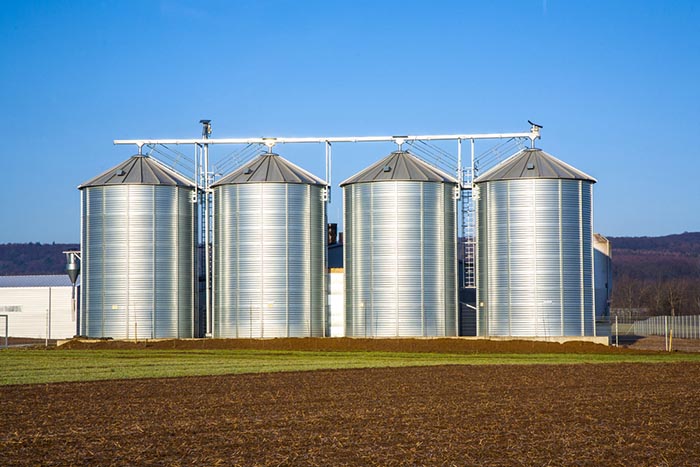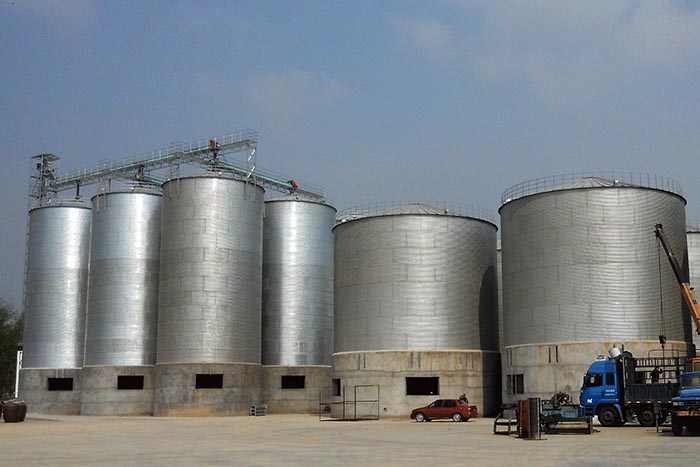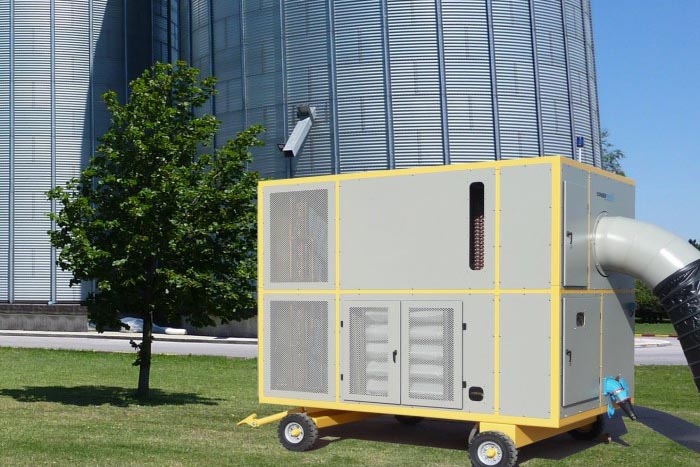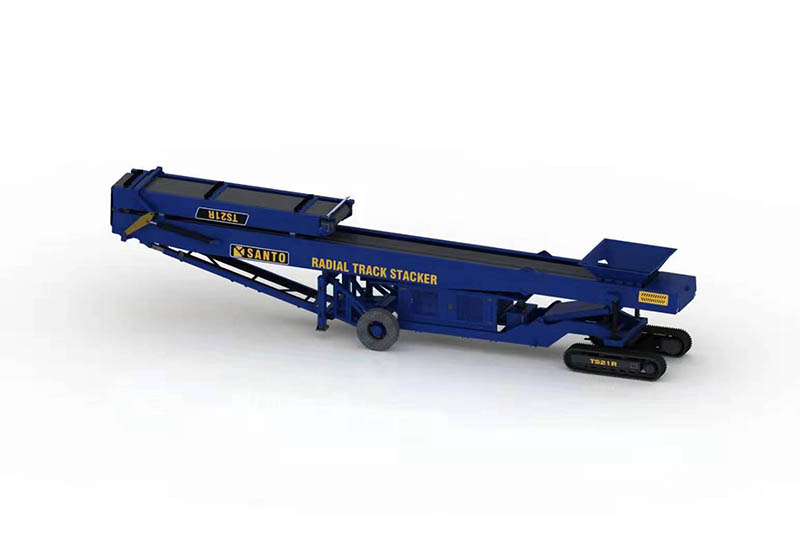How to Store Wheat for a Long Time
Storage Characteristics of Wheat
Strong hygroscopicity:
Wheat has a thin seed coat, loose tissue structure, and strong hygroscopicity.
Long post-ripening period: wheat has a long post-ripening period. Different varieties have different ripening periods. Most varieties have ripening periods ranging from two weeks to two months. Wheat with suitable moisture content has improved quality and storage stability after ripening.
Higher temperature resistance:
Wheat has higher heat resistance. According to experiments, wheat with 17% moisture content is dried at a temperature not exceeding 46℃. Or when the moisture content is below 13%, the insolation temperature does not exceed 54 DEG C, the enzyme activity does not decrease, and the germinating power is still maintained. The technical quality of the ground wheat flour is not reduced, but improved, making steamed bread soft and swollen. This provides a basis for wheat to adopt high-temperature drying or high-temperature insecticidal.
Storability:
The biggest point of wheat is better storability. The respiration of wheat after-ripening is weak, which is lower than that of other cereals. For normal wheat, the moisture content is within the standard (12.5%), and the edible quality has no obvious change when stored at normal temperature for 3-5 years or at low temperature (15℃) for 5-8 years.
Susceptibility to insect pests:
Wheat is a kind of grain with poor insect resistance and a high infection rate. Wheat can be infected by almost all stored grain pests except a few legume-specific insect species, of which corn weevil and wheat moth are the most harmful. Wheat is ripe, harvested and stored in summer. It is at the stage of pest breeding and occurrence. The temperature after the storage is high. If it rains, it will cause very suitable conditions for pest occurrence.
Storage method of wheat
Strict moisture control:
due to the strong hygroscopicity of wheat, attention should be paid to precipitation and moisture prevention in wheat storage. We should make full use of the high-temperature conditions in summer after wheat harvest to expose the wheat to the sun so that the moisture content of the wheat is controlled below 12.5%, and then the wheat is put into storage. After wheat is put into storage, moisture-proof measures should be taken, and attention should be paid to the phenomenon of moisture stratification and "topping" at the upper layer that may occur during post-ripening.
Hot storage in the sealed warehouse:
wheat is stored in the sealed warehouse when it is hot, which is the traditional method of wheat storage in our country. The water content of wheat can be reduced through solarization, and the effects of high-temperature disinfestation and bacteria control can be received during insolation and warehouse entry sealing. For newly harvested wheat, it can promote the completion of post-ripening. Due to the extinction of pests, the reduction of water content and carrier amount of wheat, and the reduction of respiratory intensity, wheat can be stored safely for a long time.
The specific operation method of wheat entering the warehouse:
In the midsummer of three volts, choose sunny and high-temperature weather, sun the Maï Wenn to about 50℃, keep the high temperature for 2 hours, reduce the moisture content to below 12.5%, gather around 3 pm, enter the warehouse when it is hot, seal the whole warehouse, keep the grain temperature at about 46℃ for about 10 days, and kill all pests. After that, the grain temperature gradually decreased and balanced with the warehouse temperature, and the grain was transferred to normal sealed storage.
Besides, the barns, equipment, and appliances used in the sealed storage of hot materials shall be disinfected in advance.
Low-temperature airtight storage:
Although wheat can resist high temperatures, the quality of wheat will be reduced if it is stored at high temperature for a long time.
Therefore, natural ventilation or mechanical ventilation can be carried out to fully dissipate the heat of wheat after autumn cooling, and gland sealing can be carried out before spring warming to maintain a low-temperature state. Low-temperature storage is the basic method for long-term safe storage of wheat. Keeping wheat at a certain low temperature is good for prolonging seed life and maintaining quality.
Wheat can also be frozen to maintain good quality. For example, dried wheat can be stored at a low-temperature of-5℃, which is conducive to the enhancement of vitality.
Therefore, it is effective to remove overwintering pests in wheat piles by turning over the bin, removing impurities, freezing, lowering the Maï Wenn to about 0℃ and then sealing while cold.
Low-temperature airtight can be stored for a long time, but contact with hot and humid airflow should be strictly prevented to avoid condensation on the surface of the wheat pile.





